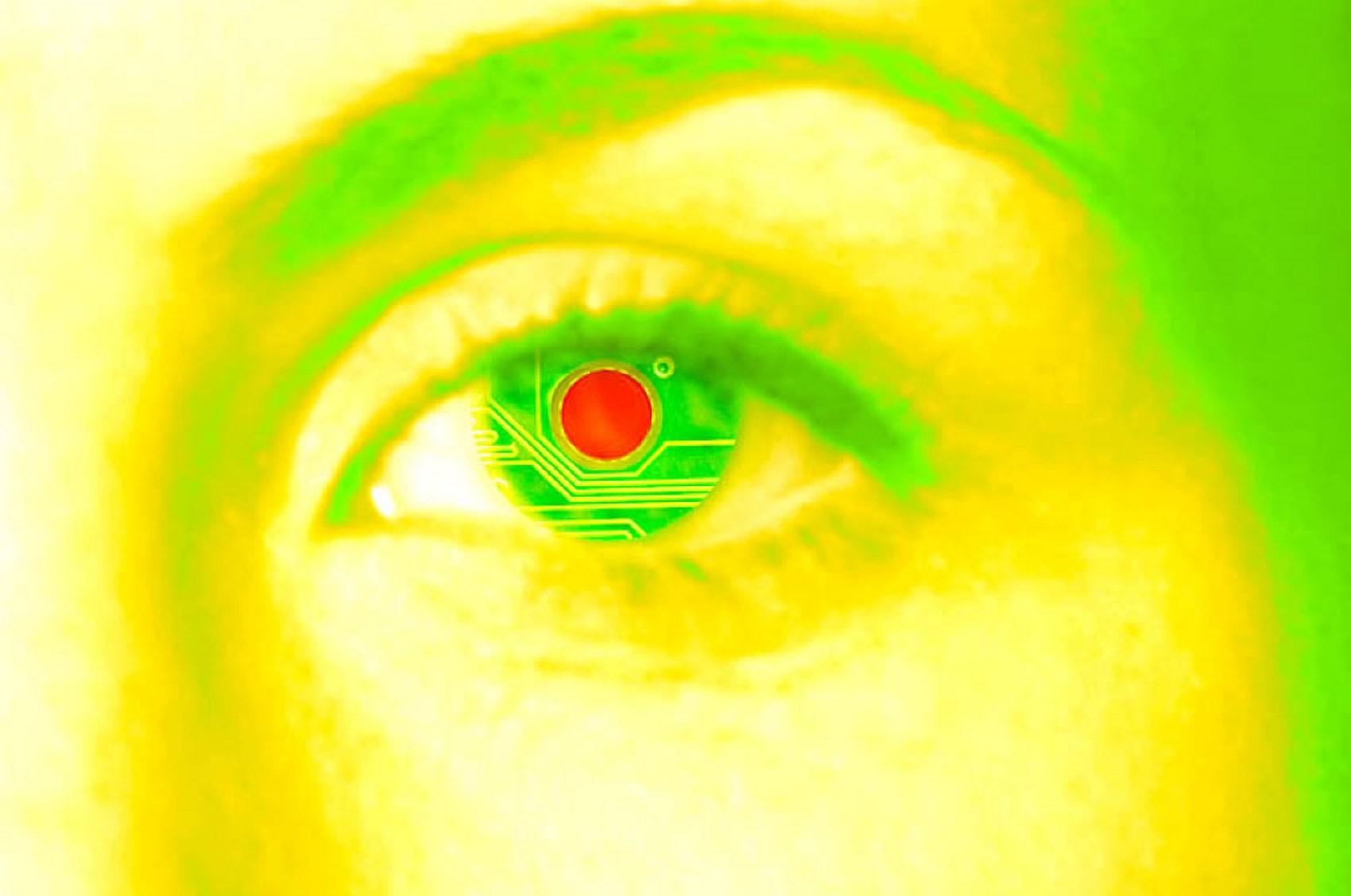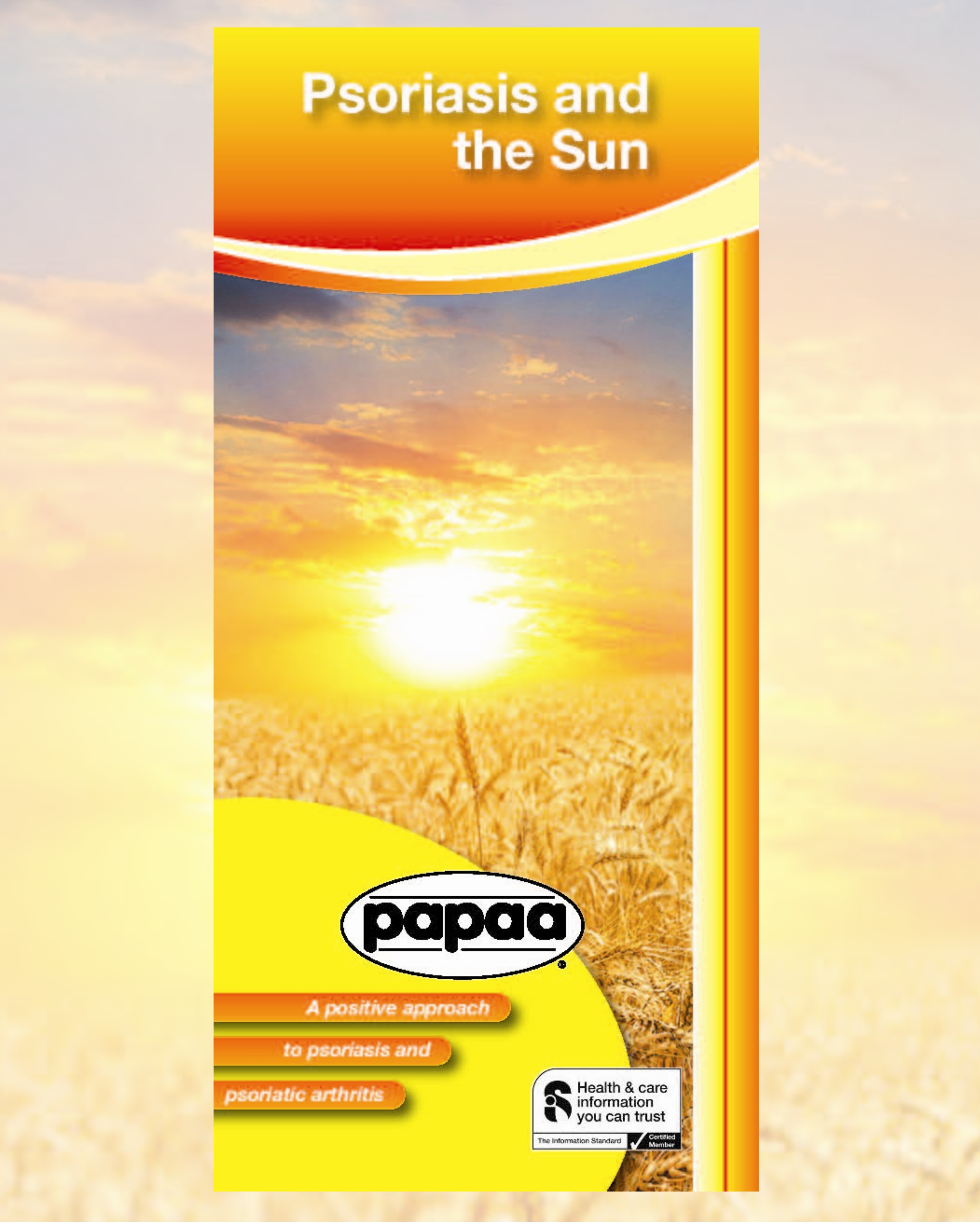
Search
You have no items in your basket

Most people who have psoriasis find that the sun helps to improve their skin’s appearance. For some the change is dramatic, with red scaly patches almost disappearing altogether during summer months in a warm climate.
In order to help clear psoriasis, sun exposure needs to be spread over time. A week on a sunny holiday may help but rarely completely clears psoriasis, and if the skin is exposed too soon for too long, sunburn can result, which could cause injury to the skin. In some people with psoriasis such injury can start a new plaque of psoriasis at the site of the injury. This is known as Koebnerisation, after the German dermatologist Heinrich Koebner. Therefore it is important to increase exposure to the sun gradually, to allow your skin to adapt to the sun without burning.
Because ultraviolet light is so effective for many with psoriasis, it is often used in various artificial forms. Ultraviolet (UV) phototherapy is a highly effective set of treatments for psoriasis given by hospital dermatology departments and specialist phototherapy centres. UV phototherapy is used in one of two forms: UVB or PUVA. UVB (ultraviolet B) uses short-wave UVB light while PUVA (psoralen + ultraviolet A) uses a plant-derived photosensitiser (psoralen) with long-wave UVA light. If you need these treatments, your GP or healthcare provider can refer you to a dermatologist who will discuss the most suitable treatment for your psoriasis, including phototherapy.
The energy in sunlight ranges in wavelength from about 2500nm (1nm is one millionth of a millimetre) down to 280nm. Visible light lies between about 400nm in the violet to 700nm in the deep red. Beyond 700nm is infrared, which is felt as heat. Infrared is strongly absorbed by water, so when clouds pass in front of the sun we immediately feel the reduction in warmth. Wavelengths shorter than 400nm are ultraviolet: our atmosphere protects us from wavelengths shorter than 280nm, so we are exposed to ultraviolet wavelengths from 280- 400nm. This region of sunlight is arbitrarily split into long-wave ultraviolet A (UVA) from 315nm – 400nm, and short-wave ultraviolet B (UVB) from 280-315nm.
On its own, UVA is not effective in improving psoriasis, which is why psoralen is used to sensitise the skin before exposure to UVA. However, UVB is very effective at improving psoriasis, providing that the plaques are not too thick or reflective. So, sunlight can help psoriasis by virtue of the UVB wavelengths it contains. The UVB wavelengths in sunlight are also very effective at causing the production of vitamin D in the skin. Vitamin D is essential for bone and skin health. For more information about the use of artificial sunlight see Psoriasis and Phototherapy.
As with any source of UV, sunlight comes with some dangers. UVA wavelengths penetrate to the deeper layers of the skin and are largely responsible for the tanning effect of the sun. However, UVA can eventually cause damage to the skin, resulting in the typical signs of photoageing: wrinkles, broken veins, sagging skin and ‘age spots’. Meanwhile, UVB is largely responsible for sunburn. It is thought that episodes of severe sunburn, especially in young people, increase the risk of melanoma skin cancer in the future. Also, bad sunburn can cause psoriasis to start where the skin is burned (Koebnerisation). So, it is wise to gradually expose your skin to the sun in order to avoid sunburn. Excessive lifetime exposure to all wavelengths in sunlight can increase the risks of skin cancers, and this has been illustrated in the great increase in the numbers of skin cancers seen in recent decades since overseas holidays have been affordable and widely available. You are at the highest risk if you are fair and your skin does not tan easily. Always check your skin type (see section on the Fitzpatrick phototyping scale) for suitable sun care protection.
You should also be aware that some chemicals used in industry and medications (such as methotrexate) may cause photosensitivity, which may increase your risk of a sunburn reaction on exposure to sunlight. Photosensitivity is an abnormally high sensitivity to sunlight which can be caused by some medications. Consult your doctor about the medications you are taking or the chemicals used in your workplace that may make you more sensitive to sunlight.
Some food and dietary supplements, and certain herbal preparations or supplements, such as St John’s Wort, can cause photosensitivity in people. If you are taking these supplements and are embarking on a course of phototherapy treatment or spending time in the sun, you should advise your phototherapy service of the supplements that you are taking, for further advice and guidance. Remember, Vitamin D is essential for bone and skin health. If a diet is deficient in Vitamin D, sunlight will provide what is needed and this may improve some skin disorders, including psoriasis.
Babies and children
It is estimated that if one parent has psoriasis then there is a 15% chance that a child will develop the condition. If both parents have psoriasis this increases to about 75%. If a child develops psoriasis and neither parent is affected there is a 20% chance that a brother or sister will also get psoriasis. However, it is known to skip generations, so there may be a familial link to a relative via either or both parents. Parents should be extra cautious and follow a good, consistent suncare regime for their children, protecting them from the harmful effects of the sun, including the burning which might trigger psoriasis due to the Koebner phenomenon.
Ageing skin
Skin ageing is a natural part of growing old. Certain factors can contribute to the speed at which skin ages – too much sunlight, smoking and alcohol are three major causes of accelerated skin ageing.
The actual mechanism of skin ageing is not fully understood. However, there appear to be a number of factors which combine together to produce an effect that differs in severity from person to person.
What is similar, however, is the effect. As we age our skin undergoes changes that reduce its ability to protect itself. Firstly, the collagen in the outer layer reduces by around 1% per year, causing the skin to thin. Since collagen gives skin its tensile strength, reduced collagen leads to wrinkling. Decreased elasticity is also a feature as elastin fibres significantly decrease in size and number.
Decreased blood supply in the dermis with age adds to the difficulty of healing damaged skin and a slowing of cell replacement causes the turnover of cells in the epidermis to reduce by up to 50%, which also slows the healing process.
Aged skin also suffers from increased dryness as the eccrine glands decrease in number and sebum production decreases. It is the sebum produced by the sebaceous glands which helps the skin to remain moisturised. The loss of subcutaneous fat on hands, face, shins, waist in men and thighs in women leads to sagging and folds, which can then become infected.
People who have had long-term (chronic) psoriasis may have been exposed to therapies that can cause damage to the skin, such as high potency topical steroids or artificial sunlight treatment, including PUVA and UVB. These individuals could be at a higher risk of developing skin cancers, so extra care should be taken with their sun protection. It is advisable to check regularly for changes in the skin, including moles, in consultation with a healthcare provider.
There is a lot of advice available about how to protect your skin in the sun. Talk to your healthcare provider or pharmacist, or visit useful sites such as NHS Choices, where you can find information from the National Health Service on conditions, treatments, local services and healthy living.
This depends on many factors, including:
The strength of the sun
This can be assessed by the UV index, announced in summertime weather reports. The UV index is a number representing the strength of the sun, and ranges from 1 to 11+. 1-2 represents low UV, 3-5 moderate UV, 6-7 high UV, 8-10 very high UV and 11+ extreme UV. In the UK the UV index rarely goes above 6 or 7.
Other factors also need to be taken into consideration. For the UK some very approximate guidance can be given on how long individuals can tolerate the sun before burning. Assuming moderate sun strength (in Plymouth, a typically sunny area of the UK, the average sun strength in May to August is UV index 6), and for previously unexposed and currently unprotected skin, then exposure times possible before onset of sunburn are approximately: phototype I, 5-10 minutes; phototype II, 10-20 minutes; phototype III, 20-30 minutes; phototype IV, 40 minutes (Source: EU fabric sun protection factor Standard 801).
Your sun sensitivity
This is assessed by the Fitzpatrick phototyping scale, which describes how the skin reacts to sun exposure. It was developed in 1975 by Thomas B. Fitzpatrick, the American dermatologist, as a way to classify the typical response of different types of skin to sunlight. The Fitzpatrick scale remains a recognised tool for dermatological research into human skin pigmentation.
What increases the chances of burning?
This also depends on many factors, including:
Scalp, neck, face (particularly the nose and lips), upper back and shoulders are more sensitive to the sun than the lower legs.
For example, if you have a tan.
For example, some antibiotics and painkillers can increase sun sensitivity in some people.
For example, a sunscreen.
Sunscreens
The benefits of the sun in psoriasis can be positive but it must be remembered that you still need to consider protecting your skin; it is important to use the most appropriate sunscreen. These are graded under a sun protection factor (SPF). For example, SPF30 means that 1/30th of the burning radiation will reach the skin, assuming sunscreen is applied evenly at a relatively thick dosage of 2mg per square centimetre (mg/cm2). It is important to make sure that you use the most appropriate SPF to match your skin type according to the Fitzpatrick scale.
Remember, appropriate clothing becomes your first line of defence against the burning and blistering which could lead to the Koebner phenomenon. Sunscreens, clothing, a hat and UV protective sunglasses should become your friends.
I am too embarrassed to sunbathe
People with psoriasis often face a dilemma: they have heard that the sun is good for their condition, yet are loath to reveal any more of their skin than they absolutely have to. You aren’t alone if you never sunbathe or are one of those who wear polo necks, long sleeves and trousers or leggings even on the hottest summer days. See Psychological aspects of psoriasis.
Remember: The sun can be beneficial, but it can also be potentially dangerous if not treated with caution. The following tips may help.
Sunglasses: adequate protection of the eyes is essential. Too much exposure to ultraviolet light can cause cataracts. Only wear sunglasses with the UV400 label and a CE mark. If you work or sunbathe in the sun regularly, good quality sunglasses are essential. For those having artificial light therapy particular care should be taken. If you wear prescription glasses you should seek the advice of your optician for correct prescription sunglasses.
PUVA/phototherapy treatments: some of these treatments can cause light sensitivity. Please consult your phototherapy service for expert advice on protecting your eyes. Other topical medications used in the treatment of psoriasis may also cause sensitivity to sunlight. Again, consult your phototherapy service for advice and be cautious about your exposure to sun. See Psoriasis and phototherapy.
Sunlight and skin cancer: there is much evidence to show that long-term damage caused by sunlight can result in higher risks of skin cancer and premature ageing. Sunscreens, clothing and applying good sense can reduce your exposure and damage to skin. As always, if you are worried about any mole or other lesion on your skin it is advisable to get it checked for peace of mind. For useful advice and what to look out for, visit NHS Choices at www.nhs.uk.
Use and safety of tanning beds
It should be noted that commercial tanning beds in salons usually output UVA light, with some tubes also outputting very small amounts of UVB (4% or less). It is not advisable to use tanning beds because neither the type of tubes used (and thus the amount of UVB in the spectrum) nor the intensity (and thus the UV dose delivered in the exposure time) are accurately known. So the risks of excessive UVA exposure may not be offset by any benefits of helping to clear psoriasis. The same arguments apply to home sun beds , especially if bought over the internet. There is strong evidence that use of sunbeds increases the risk of skin cancers, including malignant melanoma. For those who start using sunbeds before the age of 35 years the relative risk of malignant melanoma almost doubles.
More information about cancers and the risks of sunbeds can be found at www.cancerresearchuk.org.

Travelling abroad
When travelling abroad, please bear in mind that you may need extra protection due to extra hours of daylight, stronger UVA and UVB rays and other climatic conditions. It is essential to bear this in mind when choosing sunscreens, clothing, headwear etc.
Be aware that antimalarial medication can make you photosensitive and has been reported to be a trigger for psoriasis.
Remember to check your medications and any vaccinations you may need with your doctor before booking your holiday or travelling.
This article is adapted from the Psoriasis and the sun leaflet.
Download our Psoriasis and the Sun leaflet as a pdf
Always consult your doctor or healthcare provider.